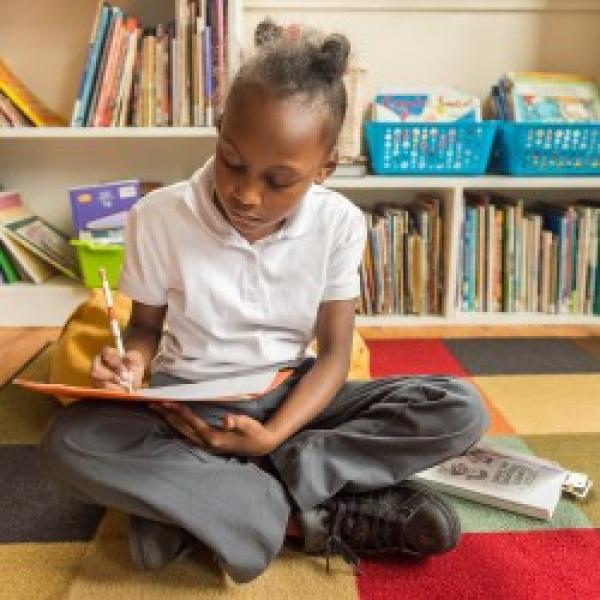7 Strengths of Super Readers Series // The Strengths Model in Action

The seven strengths focus on social and emotional growth and well-being. They are critical to helping kids become super readers, but they extend far beyond academics; they help children to become powerful and compassionate individuals. When we create classrooms based on the seven strengths, we teach children to love themselves, to love one another, and to envision the positive changes they can bring to their own lives, their families, their communities, and the world.

We hope you are imagining how this might look in your classroom. We recognize that every classroom is as unique as its teacher and students, yet there are best practices that can be implemented regardless of setting. The best practices suggested in the book are built on a gradual release of responsibility model from the teacher to the students, which happens most effectively with varied groupings, read alouds, close readings, and authentic and meaningful student collaboration. However, before we jump into each of these best practices, we need to consider the environment and how to increase student engagement to increase literacy achievement and a genuine love of reading.
Let's begin with research on engagement. John Guthrie found that 9-year-olds, children from low economic and low educational family backgrounds, who were highly engaged readers outscored students from higher economic and educational family backgrounds. Engagement made the difference. As engaged readers, the children spent up to 500 percent more time reading than children considered disengaged.
So how can we nurture this type of engagement and celebrate reading in the classroom? It begins with developing a reader identity. This can happen through questions such as "Who is a favorite author?", "What is easy for you as a reader?", "What kinds of books do you like to read?". As students see themselves as readers, they develop positive reader identities and this sets them on a path to becoming super readers. Super readers also need a range of texts in the classroom library that engages all students. These are also great options for read alouds and can serve as mentor texts for both reading and writing.
Finally, students need opportunities for independent practice. When students are given time to read on their own, a teacher should allow her student's choice and offer a range of texts in the classroom that speak to her students. Choosing his or her own book gives a child ownership over what he or she may read, and texts with characters from students' cultures make them feel validated (this relates to the strength Belonging). During independent reading, students are engaged in active, accountable learning. Students can add to their reading collections, develop high-level inquiry questions, and most importantly, read!
As students become confident and courageous super readers in a classroom where choice and voice abound, there may still be some challenges for the teacher. There are certainly techniques to nurture super readers, such as Turn and Talk and Stop and Jot, and quieter strategies such as Quiet Bubble and One-Inch Voice. It is also important to consider varied groupings from small groups to partners and how to facilitate transitions. We would be remiss to overlook the importance of assessment, particularly formative, which needs to occur on a regular basis to plan and support students on their journey to becoming super readers.
While it is too much to include in a blog, we feel it important to mention that the final section of the book offers templates for incorporating the seven strengths into daily instructional practices. There are suggestions for the first 25 days, elementary school (50 minute ELA period) and out of school programs. We hope these blogs and the book will inspire you to ensure that all of your children become super readers!
Happy Reading,
Ernest and Jodene
